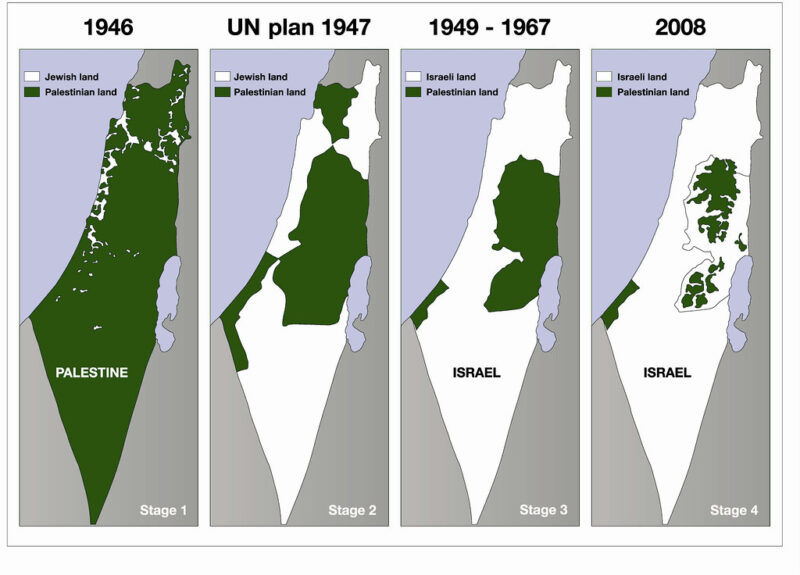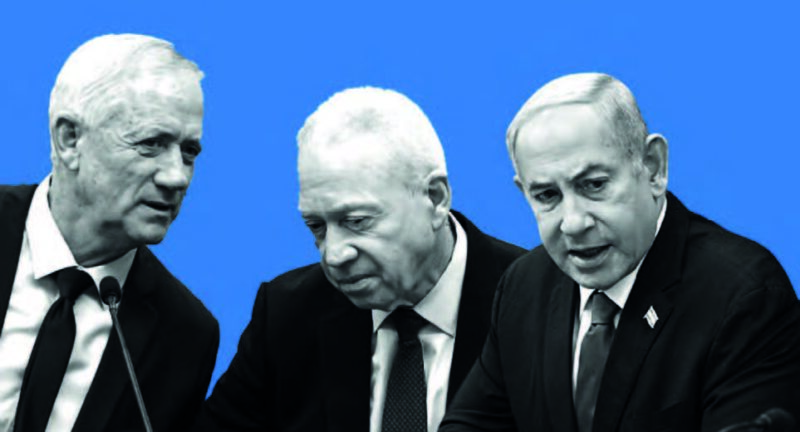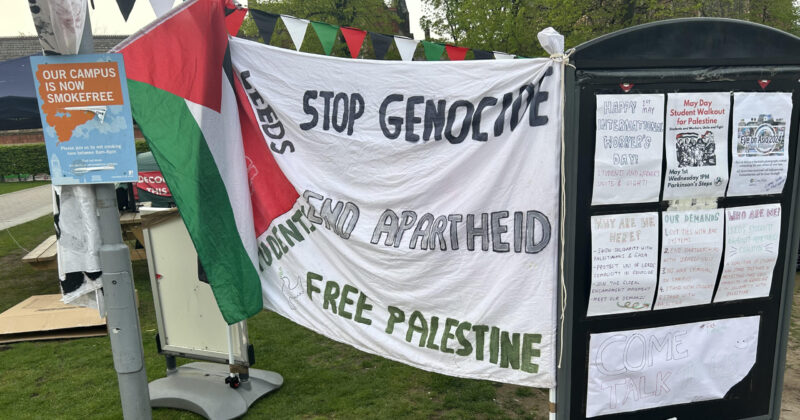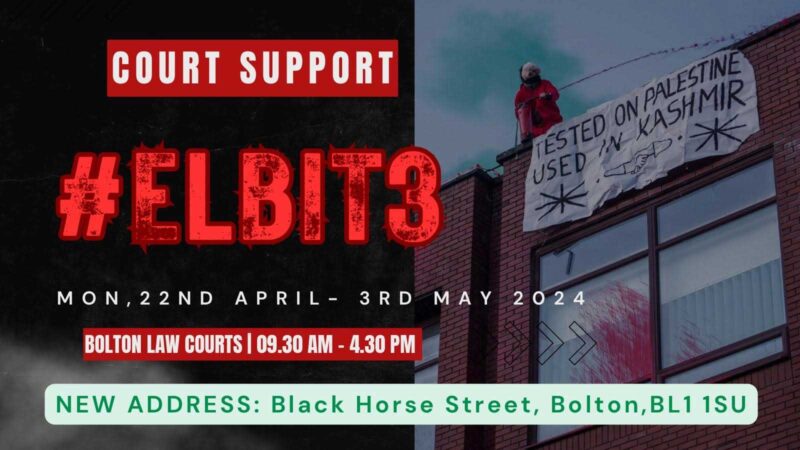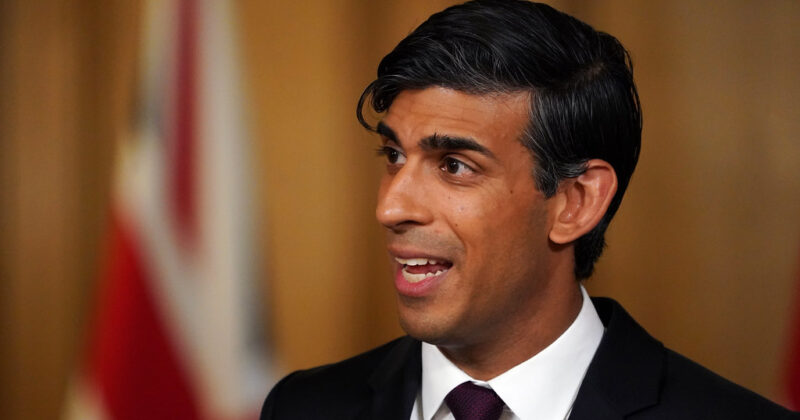Civil war in Yemen: towards reaction or revolution?
The conflict in Yemen is growing, writes Chris Newcombe, as the fate of the country is decided by the masses
YEMENI PRESIDENT Ali Abdullah Saleh’s sudden flight to Saudi Arabia on 4 June, supposedly to be treated for serious burn injuries, was a cause for jubilation in Yemen’s capital, Sana’a. But his regime remains intact, and he has stated his intention to return. The stage is now set for a revolutionary civil war.
Armed struggle in Yemen is not new. Shi’a Houthi rebels in the north of the country, on the border with Saudi Arabia, have been in conflict with the regime since 2004, prompting occasional Saudi military intervention against them. In Aden in the south of the country – previously a pro-Soviet state separate from the rest of Yemen – former supporters of the Yemen Socialist Party have waged a struggle to secede since 1994, while elsewhere in the south armed Sunni Islamists have fought for an Islamic state.
Five months of mass protests for democratic rights, however, have added students, mainstream Islamists, socialists and tribal leaders to this challenge to the state’s authority. President Saleh’s decision to renege on a deal to step down from power provoked former parliamentarian Sheikh Sadiq al-Ahmar, the leader of Saleh’s own Hashid tribe, into joining the opposition on 18 March.
Conflict in Sana’a
In late May and early June, Ahmar’s tribesmen battled for control of Sana’a, seizing government ministries, the state news agency and the headquarters of the national airline, and preventing the Republican Guard from marching on Sana’a to support the President. Saleh’s threat to return, with the support of the regular armed forces, makes inevitable the breakdown of their ceasefire with the armed tribes, hastily arranged after Saleh’s departure.
Saleh’s stubbornness and resilience cannot be understood without reference to the support of the United States and Saudi Arabia. Long before the current struggle erupted, the United States launched what was effectively a secret war in Yemen, in the form of air strikes against alleged al-Qaeda strongholds in the south. US military aid – over $150 million in 2010 – has been crucial in propping up Saleh’s regime.
President Obama has now escalated the bombing, with the New York Times reporting that US aircraft are targeting anti-government forces. Given that Yemen, with a population of 24 million, has only around 250 al-Qaeda personnel even by US estimates, it should be obvious that Obama’s real aim is to crush the popular rebellion, not al-Qaeda. Saudi Arabia dominates the six-member Gulf Cooperation Council, which has “mediated” talks between the protesters and the regime, with the aim of excluding the youth who made the revolution from any post-Saleh power structures.
Saleh, for his part, is actively promoting a civil war to split the country along tribal lines. In a bid to foment inter-tribal conflict, Saleh’s forces attacked a meeting of tribal leaders at Sadiq al-Ahmar’s home on 23 May. While hundreds have died as a result of government violence in the last five months, the killings at the sheikh’s home were especially provocative.
Nevertheless, leaders of the Yemeni youth have called for protests to remain peaceful. Tawakkol Karman, chair of Women Journalists Without Chains, has even appealed to the United States and Saudi Arabia to engage with the opposition and facilitate a transition to democracy, promising in turn to recognise their right “to attack terrorist sanctuaries”.
In fact, the Yemeni democracy movement needs a political leadership that understands the need to prepare an armed struggle to overthrow the regime, by linking the mass movement to the existing sources of armed opposition. This requires a program to tackle Yemen’s catastrophic economic problems that would win the support of workers, peasants, youth and tribes alike.

